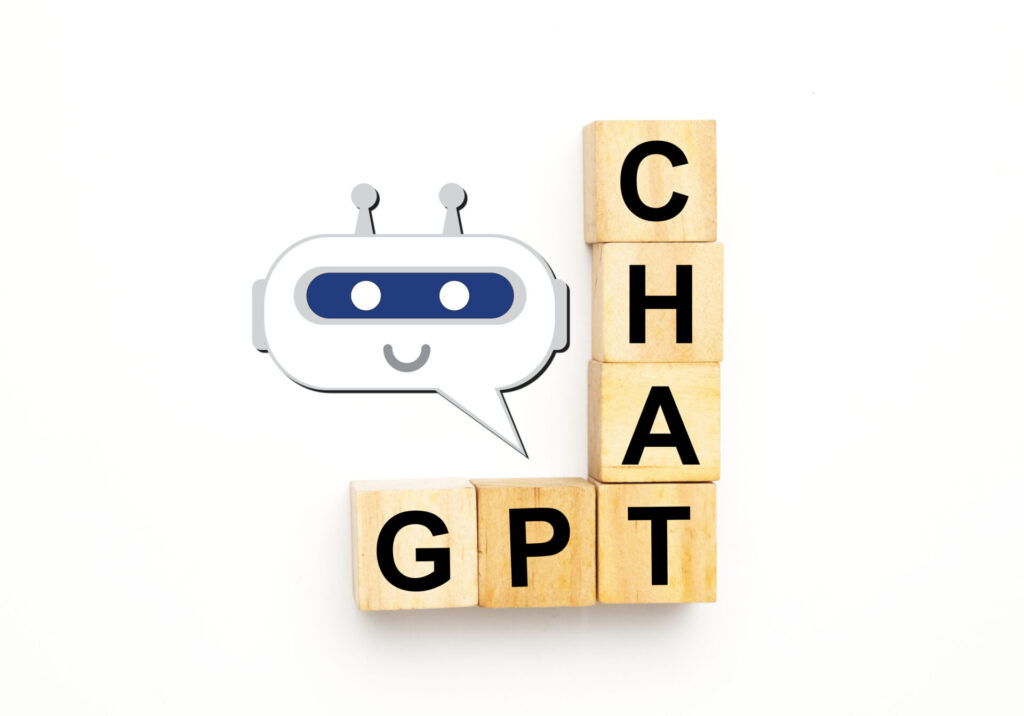Here at AITV we use AI such as Chat GPT, Google Bard, and other AI technologies to help us write our stories. Lets take a look at how it is such a game changer. So, what is Chat GPT?
What is it?
Chatbot GPT (Generative Pre-trained Transformer) refers to a type of conversational AI model that is built using deep learning techniques. GPT models are based on the Transformer architecture, which is known for its ability to handle sequential data efficiently. GPT was developed by OpenAI and has gained significant attention due to its impressive ability to generate human-like text.
The training process of GPT involves exposing the model to a large dataset of text from the internet, allowing it to learn the statistical patterns and relationships within the data. By doing so, GPT becomes capable of generating coherent and contextually relevant responses based on the input it receives.
Chat GPT specifically refers to a GPT model that is designed for chatbot applications. It is trained on conversational data to understand and generate responses in a conversational style. Chat GPT models can be used in various applications, such as customer support, virtual assistants, and social media bots, to provide human-like interaction and assist users with their queries or tasks.
It’s important to note that while GPT models like Chat GPT can generate impressive responses, they may occasionally produce incorrect or nonsensical answers. Careful deployment and monitoring are necessary to ensure the reliability and accuracy of the chatbot system.

How will Chat GPT change Industry in general
Chat GPT and similar conversational AI models have the potential to bring significant changes to various industries. Businesses can use it for Customer Support. Chat GPT can be employed as virtual customer support agents, providing instant assistance to customers. They can handle common queries, provide product information, troubleshoot issues, and even complete simple transactions. This can reduce the workload on human agents, improve response times, and provide 24/7 support. E-commerce can enhance the online shopping experience by acting as virtual shopping assistants. They can help customers find products, offer personalized recommendations, answer questions about products or services, and even facilitate the checkout process. AI like this is great because it can aid content creators by generating ideas, providing writing suggestions, or even generating initial drafts for articles, blog posts, or creative writing. Such as this. It can save time and provide inspiration, although human input and editing would still be necessary to ensure quality. Language Translation models can be employed for real-time language translation in various industries such as travel, hospitality, and international business. They can assist in breaking down language barriers and facilitate communication between people speaking different languages. In educational settings such as virtual tutors or teaching assistants. Chat GPT can answer students’ questions, provide explanations, and offer personalized learning experiences. This can enhance access to education, provide individualized support, and supplement classroom instruction. Even with Mental Health Support, Medical Technologies and Social Media and Marketing.

How will Chat GPT change television
Chat GPT has the potential to bring several changes to the television industry. New Interactive Viewing Experiences can enable interactive television viewing. Viewers could engage in real-time conversations with virtual assistants or chatbots that are powered by Chat GPT. These assistants could provide additional information about the show, answer questions, or offer recommendations based on the viewer’s preferences. Personalized Recommendations which are already in use by television platforms could be fine tuned. By understanding viewers’ preferences, it can provide personalized show recommendations, suggest similar content, or offer curated playlists based on individual tastes. This can help viewers discover new shows and increase engagement. For people with impairments accessibility features for television programming could be automated. It can assist individuals with visual or hearing impairments by providing real-time captions, audio descriptions, or sign language interpretations. This would enable a more inclusive television experience for a broader audience. Content creators can use Chat GPT as a tool for inspiration and collaboration, although human input and editing would still be crucial. Chat GPT can facilitate real-time audience engagement during live broadcasts or events. Viewers could interact with chatbots or virtual assistants to participate in polls, ask questions to hosts or guests, or provide feedback. This would create a more interactive and engaging television experience. Other ways that AI will change television is with targeted advertising. Chat GPT can be used to analyze viewer interactions and preferences, allowing for more targeted and personalized advertising on television platforms. Advertisements can be tailored based on viewers’ interests, demographics, or previous viewing habits, leading to more relevant and engaging advertising experiences. This could also lead to personalized content curation and discovery. Chat GPT can assist viewers in finding content that aligns with their interests. By analyzing user preferences and historical data, it can curate personalized content recommendations and help viewers navigate the vast array of television programming available.
It’s worth noting that the deployment of Chat GPT in the television industry should be done carefully to ensure user privacy, prevent biases, and maintain the quality and integrity of the content. Additionally, human creativity and expertise will continue to play a vital role in television production, and Chat GPT should be seen as a tool to augment and enhance the creative process rather than replace it.
Click here to learn more about Chat GPT and other AI Technologies.


